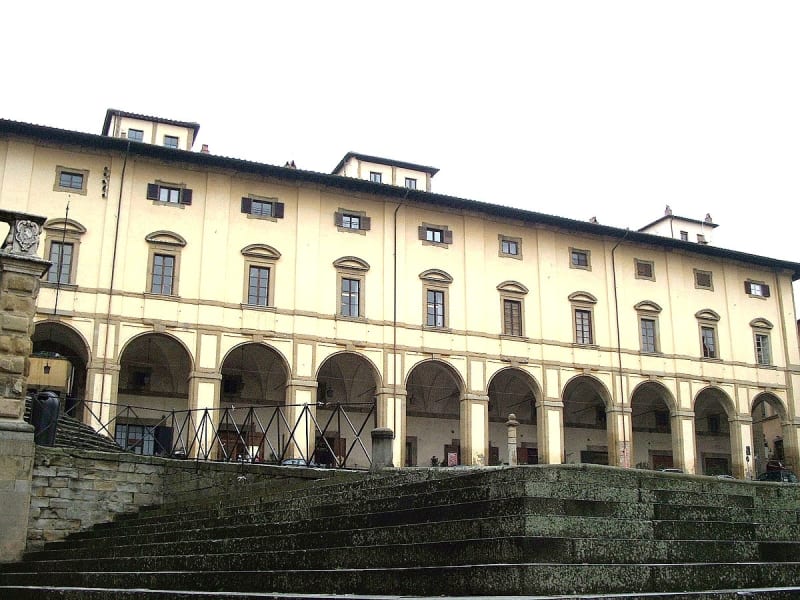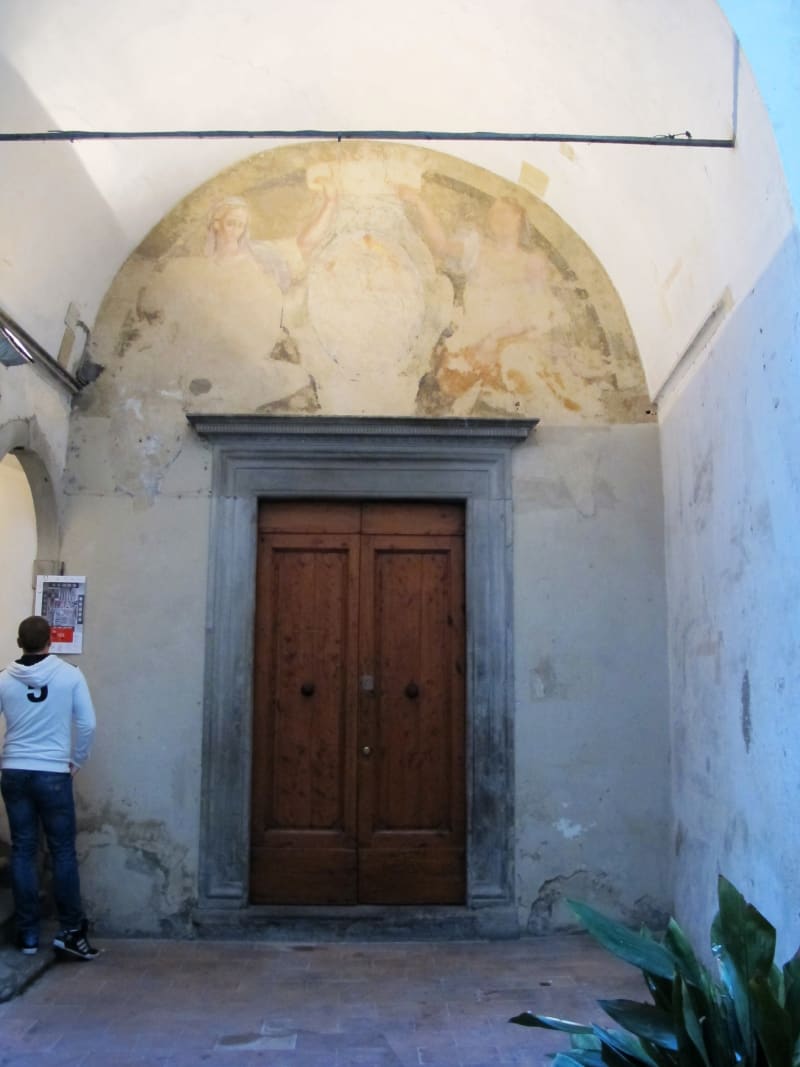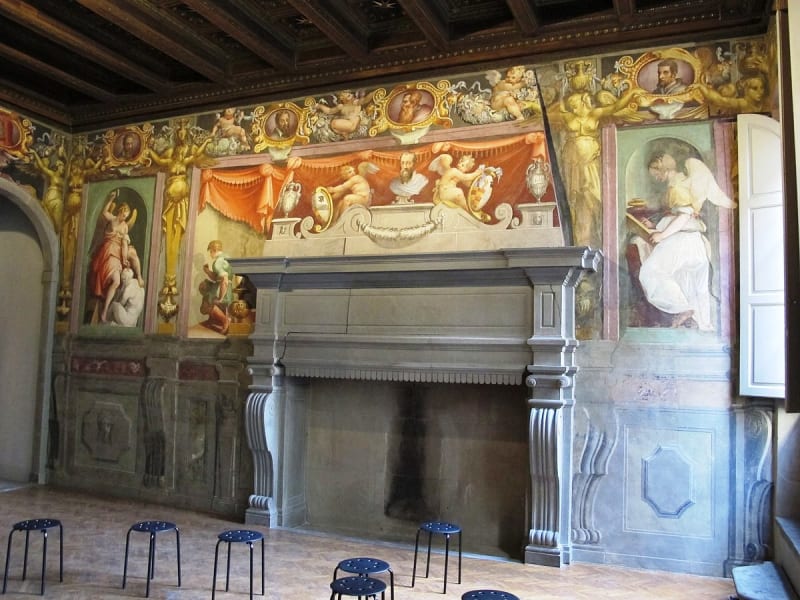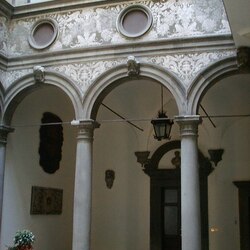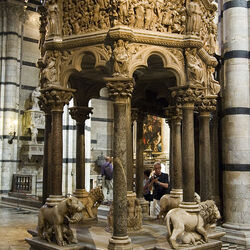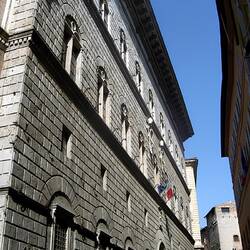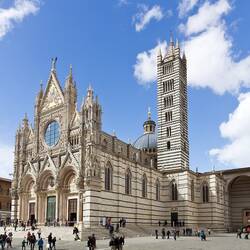House of Giorgio Vasari
The Giorgio Vasari House was previously the residence of a famous artist, art critic and architect, now it is a landmark at 8 Borgo Santa Croce in Florence. A valuable cycle of frescoes, conceived and created by Vasari with the help of his students, has been preserved in the hall. It is almost impossible to imagine the history of Italian art without him, his works are so fundamental.
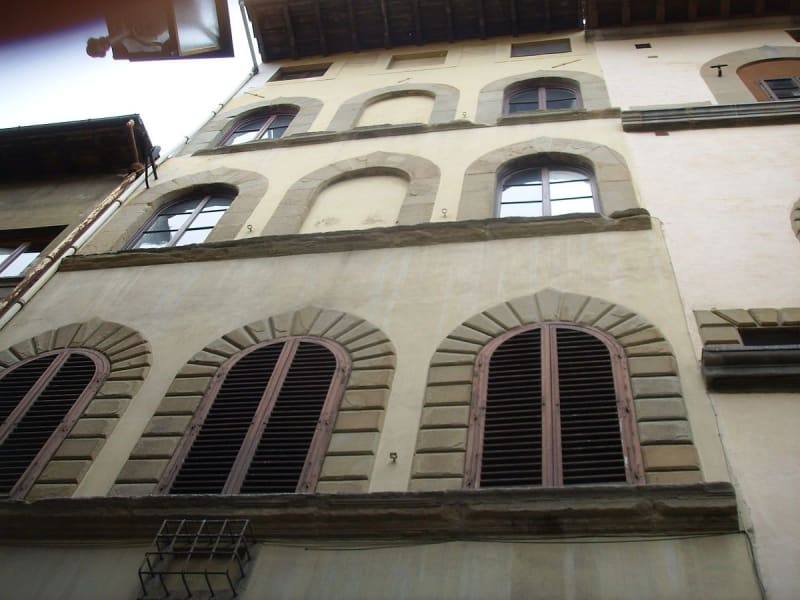
The History of the Giorgio Vasari House
The artist was born in Arezzo in 1511 and died in Florence in 1574. He plays an important role in Dan Brown's "Hell." Vasari was a brilliant polymath, and he had many fields of interest, including writing, drawing, and planning. Thanks to his fame and talent, Vasari was recognized as one of the most important Medici court artists.
During the first part of his artistic career, he devoted himself to painting. In addition to his career as an artist, Vasari achieved great success as an architect. He had a good reputation, and during his lifetime he managed to accumulate a fortune. In 1547, he built himself a beautiful house in Arezzo (now a museum in his honor) and decorated its walls and vaults with paintings. He was elected to the municipal council or a priori of his hometown and finally rose to the highest position of gonfaloniere. In addition, the palace where Vasari used to live in Florence is now a museum located in the Borgo Santa Croce.
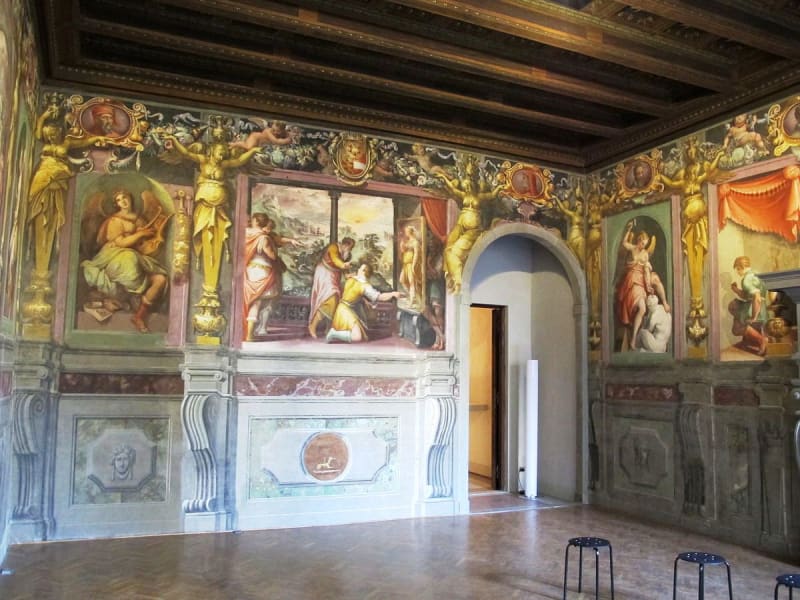
Features of the Giorgio Vasari House
The house was the residence of the great Florentine artist, architect and art historian, the building houses a cycle of frescoes in the hall, which he designed and built.
Starting in 1911, the Giorgio Vasari House became the property of the state, which decided to transform it into the Vasari Museum and Archive. In addition to the works that he undertook to create and collect, the museum preserves as an archive the correspondence that the artist conducted with prominent personalities of his generation. Among them: Michelangelo, Cosimo I de' Medici and Pope Pius V.
There are still ongoing disputes between the state and the owners who bought Giorgio Vasari's House many years ago, the entire complex can be visited on three floors with doors open to the most intimate rooms of the artist from Arezzo. From the Abraham's Chamber with the Salon del Camino, beautifully decorated by the artist and his students, to the apartment with the Chamber of Fame and Arts to the Chamber of the Muses.
The tour of discovering the secrets of the artist in the House of Giorgio Vasari ends with a visit to the courtyard, which he personally took care of during his moments of rest. Very small but beautiful halls with frescoes on the ceiling, especially noteworthy is the hall depicting art (music, sculpture, painting and architecture) and the main hall with a fireplace. In the latter, the central image is an allegory of virtue, luck and envy (virtu, fortuna e invidia). There is a fire on the walls (from the fireplace side) with a burning city, and abundance on the opposite side from the flooded city.
